Home>Maintenance & Safety>Child & Elderly Safety at Home>What Is The Age For A Booster Seat In New York


Child & Elderly Safety at Home
What Is The Age For A Booster Seat In New York
Modified: February 29, 2024
In New York, the age for a booster seat is determined by the child's height and weight. Learn more about child and elderly safety at home. Find out the guidelines for booster seat usage in New York.
(Many of the links in this article redirect to a specific reviewed product. Your purchase of these products through affiliate links helps to generate commission for Storables.com, at no extra cost. Learn more)
Introduction
Ensuring the safety of children while traveling in vehicles is a top priority for parents and caregivers. In New York, as in many other states, there are specific laws and guidelines in place to protect young passengers. One crucial aspect of child passenger safety is the use of booster seats, which are designed to provide additional protection for children who have outgrown their forward-facing car seats but are not yet ready for adult seat belts.
Understanding the age requirements for booster seats in New York is essential for parents and caregivers to ensure that children are adequately protected while traveling in vehicles. By familiarizing themselves with the state's laws and recommendations regarding booster seat usage, adults can take proactive measures to safeguard the well-being of young passengers.
In this comprehensive guide, we will delve into the specifics of New York's booster seat age requirements, exploring the legal framework and practical considerations that parents and caregivers need to be aware of. By gaining a thorough understanding of the regulations surrounding booster seat usage, individuals can make informed decisions to promote the safety and security of children in vehicles. Let's embark on this journey to uncover the essential details related to booster seat age requirements in New York.
Key Takeaways:
- Children in New York must use booster seats until age 8 or until they reach specific height and weight requirements to ensure they are safe while traveling in vehicles.
- Deciding when a child can stop using a booster seat depends on their physical development, behavior, and manufacturer’s guidelines, ensuring they are ready for a seat belt alone.
New York State Law on Booster Seat Age
In New York, the law mandates the use of booster seats for children based on their age, weight, and height. According to the New York State Vehicle and Traffic Law, children must be secured in an appropriate child restraint system until they reach the age of 8. This requirement is in place to ensure that children are adequately protected while traveling in motor vehicles, as seat belts alone may not provide sufficient safety for young passengers.
The law specifies that children who are under the age of 4 must be restrained in a federally approved child safety seat that is properly secured in the vehicle. Additionally, children who are under the age of 2 and weigh less than 40 pounds must be secured in a rear-facing child safety seat. Once a child outgrows the rear-facing seat, they can transition to a forward-facing seat with a harness until they reach the weight or height limit specified by the seat's manufacturer.
For children who have outgrown their forward-facing seats, the law requires the use of a booster seat until they reach the age of 8 or meet the height and weight requirements to use a seat belt without a booster. This means that children who are at least 4 feet 9 inches tall or weigh more than 100 pounds can transition to using a seat belt without a booster seat.
It's important for parents and caregivers to adhere to these regulations to ensure the safety of young passengers. By using appropriate child restraint systems, adults can minimize the risk of injury to children in the event of a vehicle collision. Understanding and complying with the New York State law on booster seat age is crucial for promoting child passenger safety and adhering to legal requirements.
In summary, the New York State law on booster seat age underscores the significance of using appropriate child restraint systems to safeguard young passengers. By adhering to these regulations, parents and caregivers can play a proactive role in protecting children while traveling in motor vehicles.
When Can a Child Move Out of a Booster Seat?
Determining the appropriate time for a child to transition out of a booster seat is crucial for ensuring their safety and comfort while traveling in vehicles. While the legal requirements provide a general framework, several factors come into play when deciding if a child is ready to move out of a booster seat.
One key consideration is the child's physical development. While the law in New York mandates the use of a booster seat until the age of 8, some children may reach the height and weight requirements for using a seat belt without a booster at an earlier age. It's essential for parents and caregivers to regularly assess the child's height, weight, and overall physical development to determine if they meet the criteria for transitioning out of a booster seat.
Additionally, a child's maturity and ability to sit properly in a vehicle without slouching or fidgeting are important factors to consider. Even if a child meets the height and weight requirements, their behavior and ability to maintain proper seating posture play a significant role in their readiness to move out of a booster seat. Children who can sit with their back against the vehicle seat, knees bent at the edge of the seat, and feet flat on the floor while maintaining this position throughout the journey may be ready to transition to using a seat belt without a booster.
Furthermore, it's essential to consider the specific recommendations provided by the manufacturer of the booster seat being used. Manufacturers often provide guidelines regarding the height, weight, and age at which children can safely transition out of a booster seat and use a seat belt alone. These guidelines can offer valuable insights into the optimal timing for transitioning a child out of a booster seat.
Ultimately, the decision to move a child out of a booster seat should be based on a comprehensive assessment of the child's physical development, maturity, and adherence to the manufacturer's guidelines. By carefully evaluating these factors, parents and caregivers can make informed decisions to ensure the safety and well-being of young passengers while traveling in vehicles.
In summary, the decision to transition a child out of a booster seat involves a thoughtful consideration of the child's physical development, maturity, and adherence to manufacturer guidelines. By taking these factors into account, parents and caregivers can determine the optimal time for a child to move out of a booster seat and transition to using a seat belt alone.
Children in New York must use a booster seat until they are 8 years old or reach the height of 4 feet 9 inches. It’s important to follow these guidelines to ensure their safety while riding in a vehicle.
Exceptions to the Booster Seat Age Requirement
While the New York State law establishes clear guidelines for the use of booster seats based on age, weight, and height, there are certain exceptions to the booster seat age requirement that warrant consideration. These exceptions take into account specific circumstances where children may be exempt from the standard age-based regulations, allowing for flexibility in ensuring their safety and well-being while traveling in vehicles.
One notable exception pertains to children who have medical conditions or physical characteristics that necessitate alternative forms of restraint systems. In such cases, a child's healthcare provider or medical professional may recommend specialized restraint systems or seating arrangements that differ from the standard booster seat requirements. These recommendations are based on the individual needs and safety considerations of the child, taking into account factors such as physical disabilities, medical conditions, or developmental challenges that may impact their ability to use a traditional booster seat.
Additionally, exceptions to the booster seat age requirement may apply to children who exceed the height and weight limits for traditional booster seats but are not yet tall enough to safely use a seat belt without a booster. In these instances, specialized child restraint systems, such as adjustable harnesses or transitional seats designed for larger children, may be utilized to ensure proper protection and restraint while accommodating the child's unique physical characteristics.
Furthermore, children who are passengers in vehicles where only lap belts are available may be subject to exceptions regarding booster seat usage. While the ideal scenario involves the use of lap and shoulder belts in combination with booster seats for optimal safety, certain vehicles may only be equipped with lap belts in certain seating positions. In such cases, children who have outgrown traditional booster seats but do not yet meet the requirements for using a seat belt alone may benefit from alternative restraint systems or seating arrangements that provide adequate protection within the limitations of the vehicle's safety features.
It's important to note that these exceptions are intended to address specific circumstances where strict adherence to age-based booster seat requirements may not align with the best interests of the child's safety and well-being. By recognizing and accommodating these exceptions, parents, caregivers, and transportation providers can ensure that children receive appropriate protection and restraint tailored to their individual needs and circumstances.
In summary, exceptions to the booster seat age requirement encompass a range of considerations, including medical conditions, physical characteristics, and vehicle-specific limitations, that may warrant deviations from the standard age-based regulations. By acknowledging and addressing these exceptions, stakeholders can prioritize the safety and comfort of children while traveling in vehicles, taking into account their unique circumstances and needs.
Conclusion
In conclusion, understanding the age requirements for booster seats in New York is essential for promoting child passenger safety and ensuring compliance with state laws. By adhering to the New York State law on booster seat age, parents and caregivers play a pivotal role in safeguarding young passengers while traveling in vehicles. The legal framework, which mandates the use of booster seats for children until the age of 8 or until they meet specific height and weight requirements, serves as a critical foundation for promoting child safety on the road.
Moreover, the decision to transition a child out of a booster seat involves a thoughtful assessment of the child's physical development, maturity, and adherence to manufacturer guidelines. This personalized approach enables parents and caregivers to make informed decisions tailored to the unique needs of each child, ensuring that they are adequately protected and comfortable during car journeys.
Furthermore, recognizing the exceptions to the booster seat age requirement underscores the importance of flexibility and individualized considerations in promoting child passenger safety. By accommodating specific circumstances, such as medical conditions, physical characteristics, and vehicle limitations, stakeholders can prioritize the well-being of children and address their unique safety needs while traveling in vehicles.
Ultimately, the comprehensive understanding of booster seat age requirements empowers parents, caregivers, and transportation providers to create a safe and secure environment for young passengers. By staying informed about the legal regulations, considering individualized factors for transitioning out of booster seats, and acknowledging exceptions when necessary, adults can fulfill their responsibility of ensuring the safety and comfort of children during car travel.
In essence, the commitment to adhering to booster seat age requirements goes beyond legal compliance; it reflects a dedication to prioritizing the well-being of children and fostering a culture of safety and responsibility within the community. Through collective efforts and informed decision-making, we can create a safer and more secure environment for young passengers, promoting a culture of child passenger safety that resonates throughout New York and beyond.
Frequently Asked Questions about What Is The Age For A Booster Seat In New York
Was this page helpful?
At Storables.com, we guarantee accurate and reliable information. Our content, validated by Expert Board Contributors, is crafted following stringent Editorial Policies. We're committed to providing you with well-researched, expert-backed insights for all your informational needs.
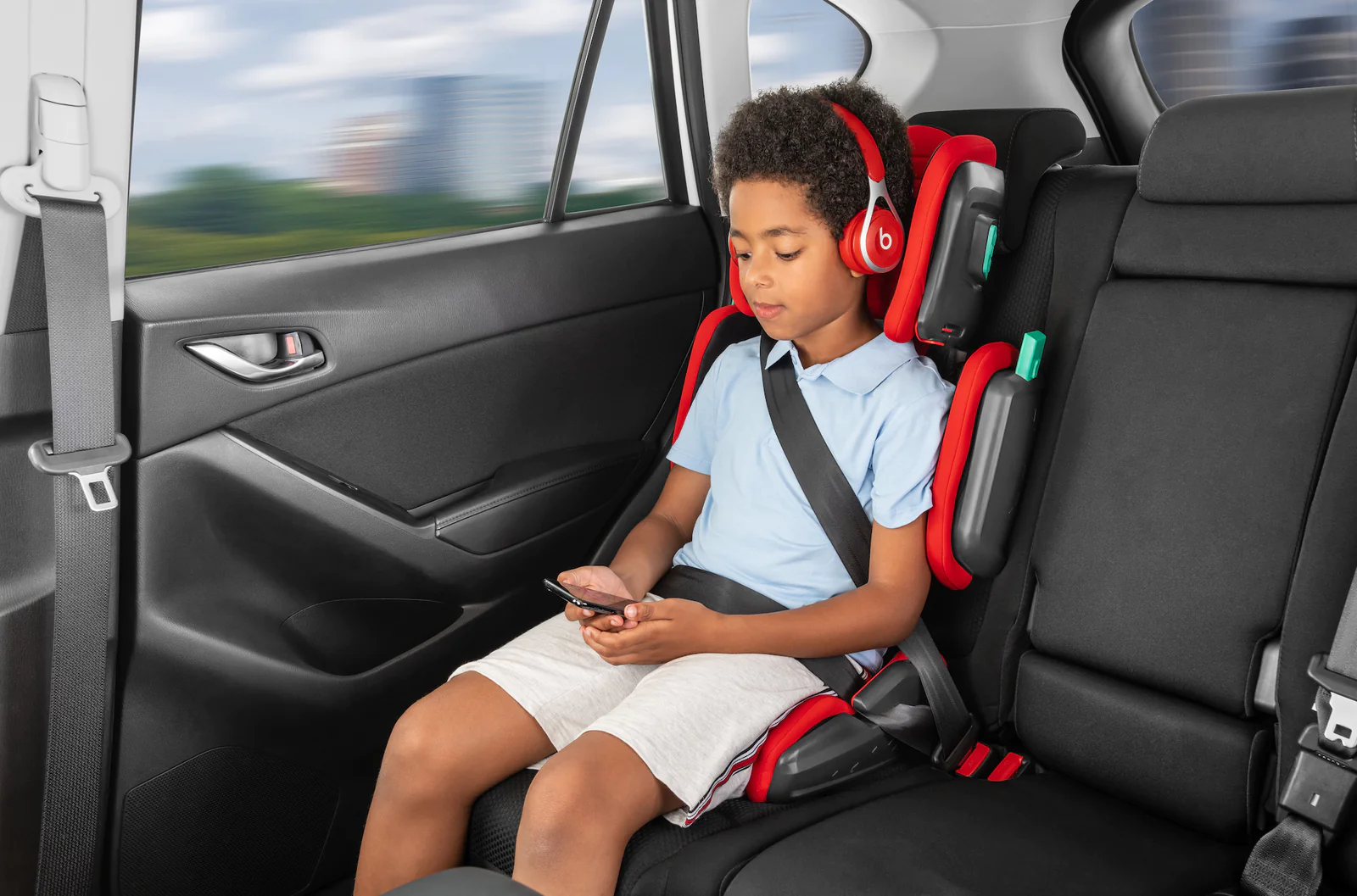
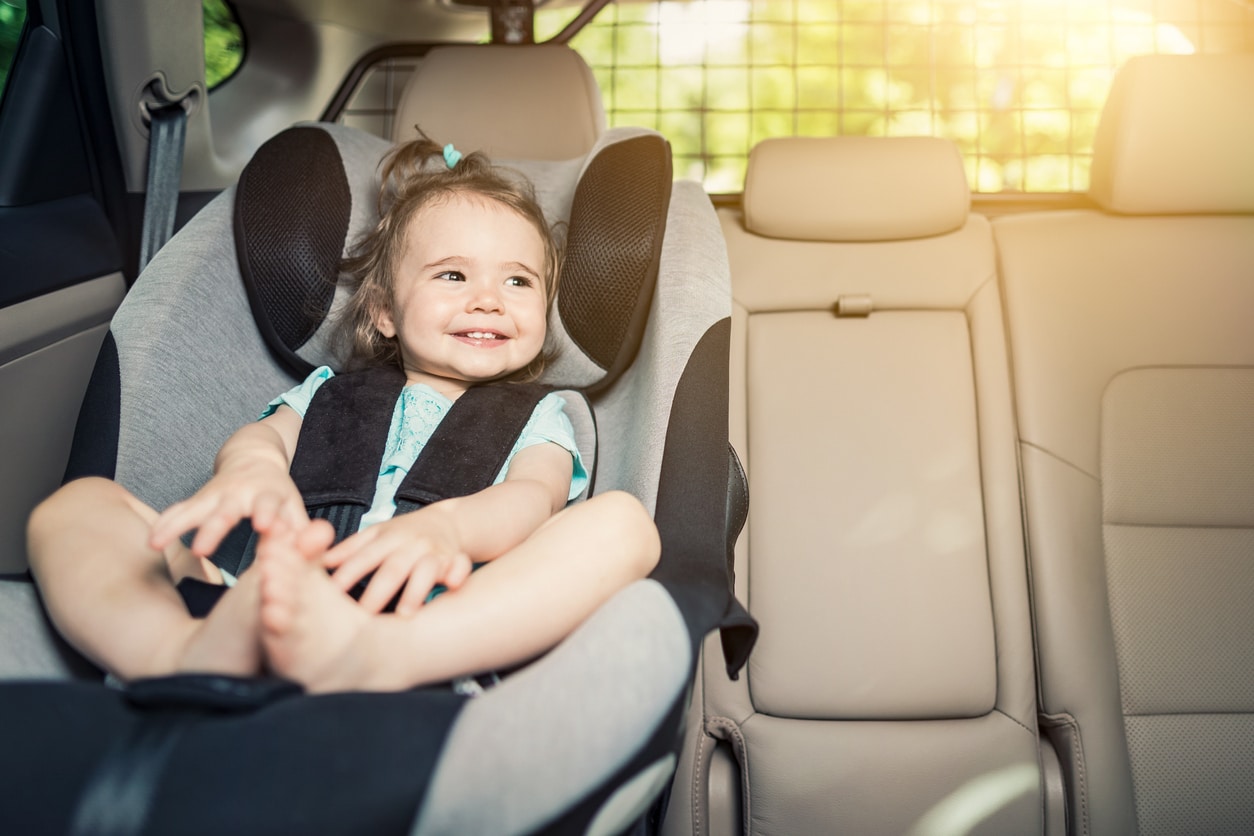

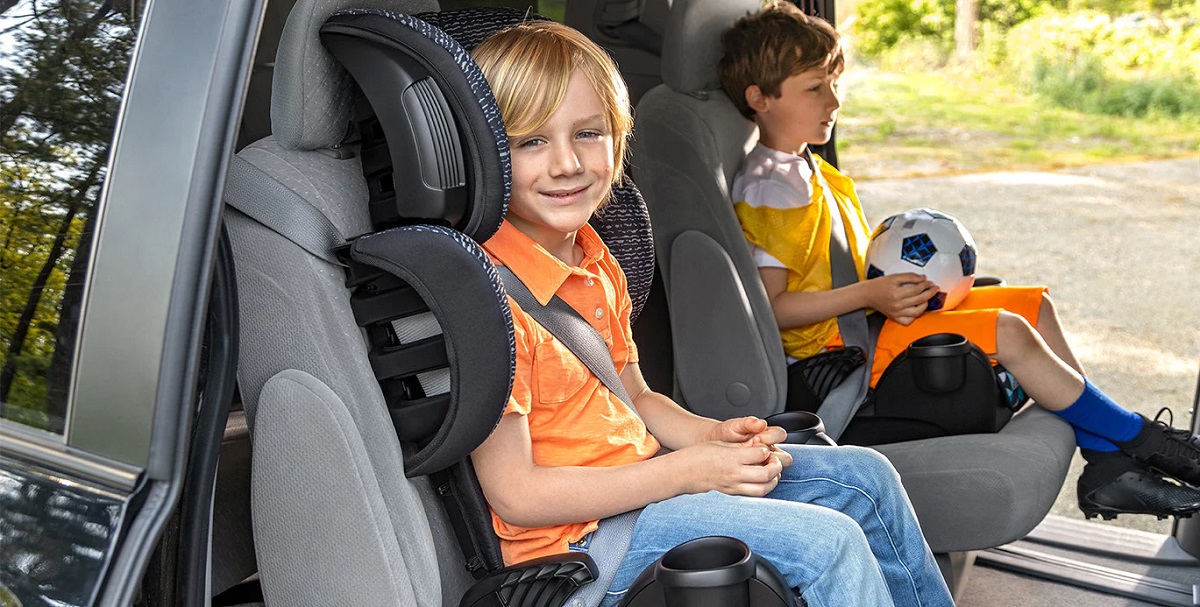
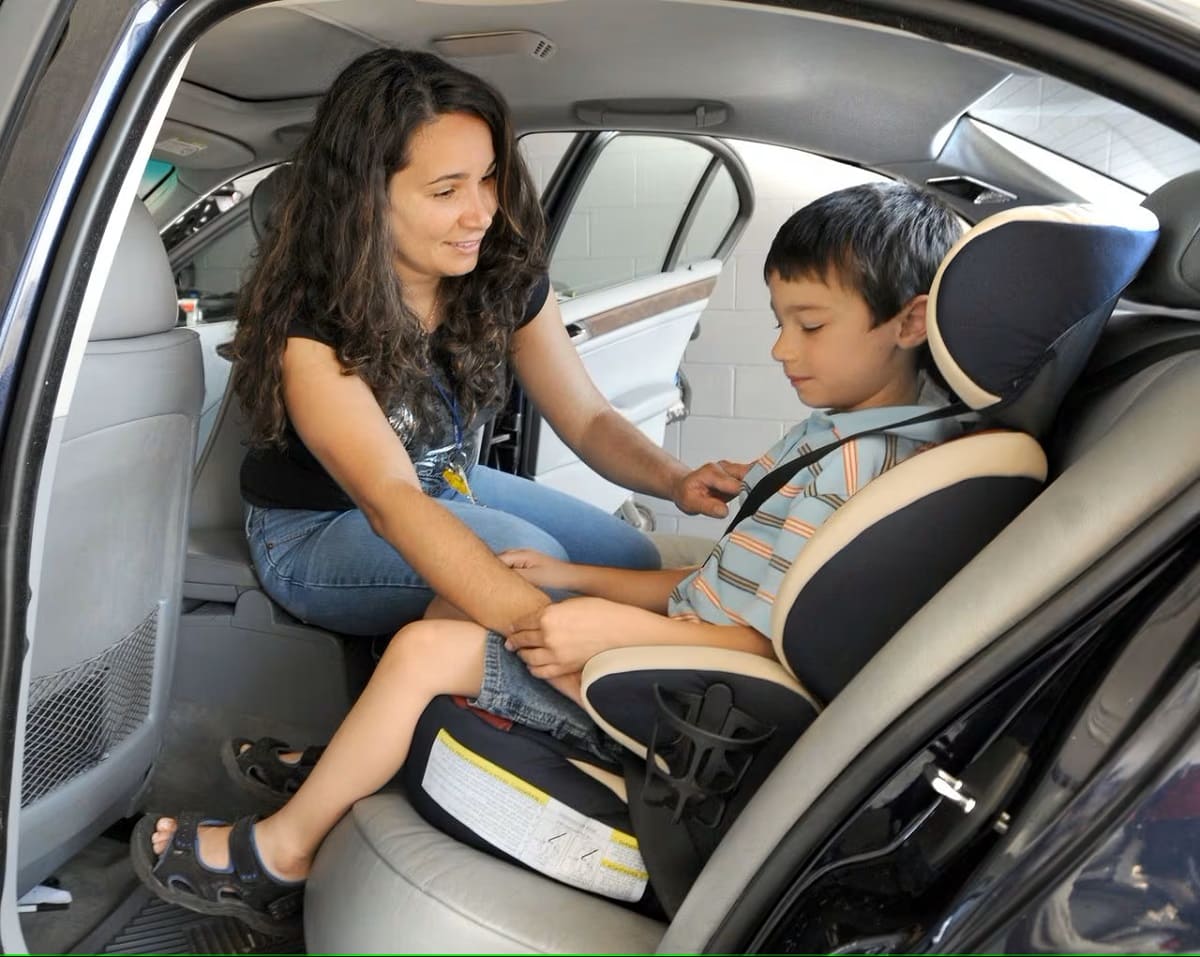
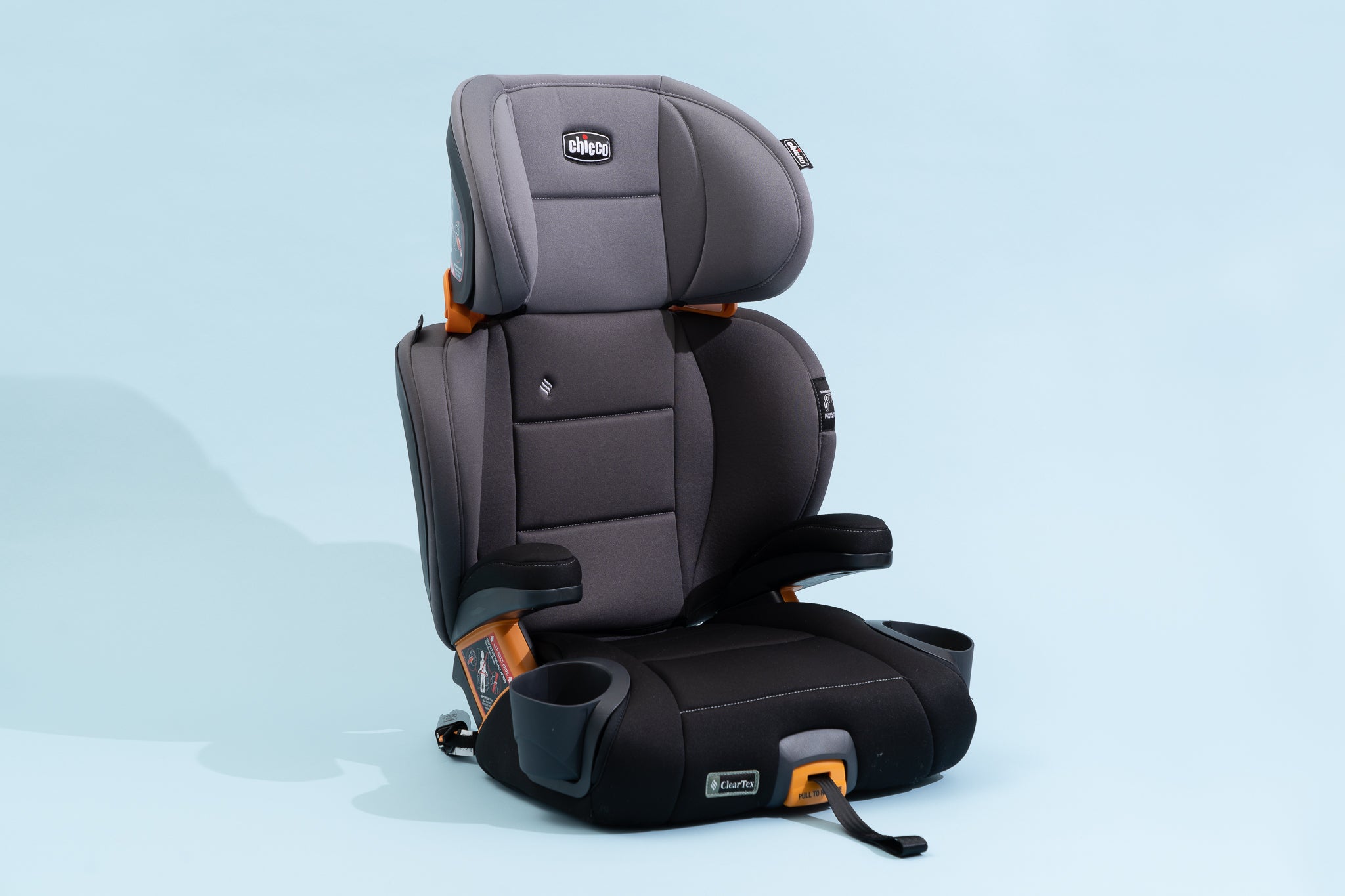
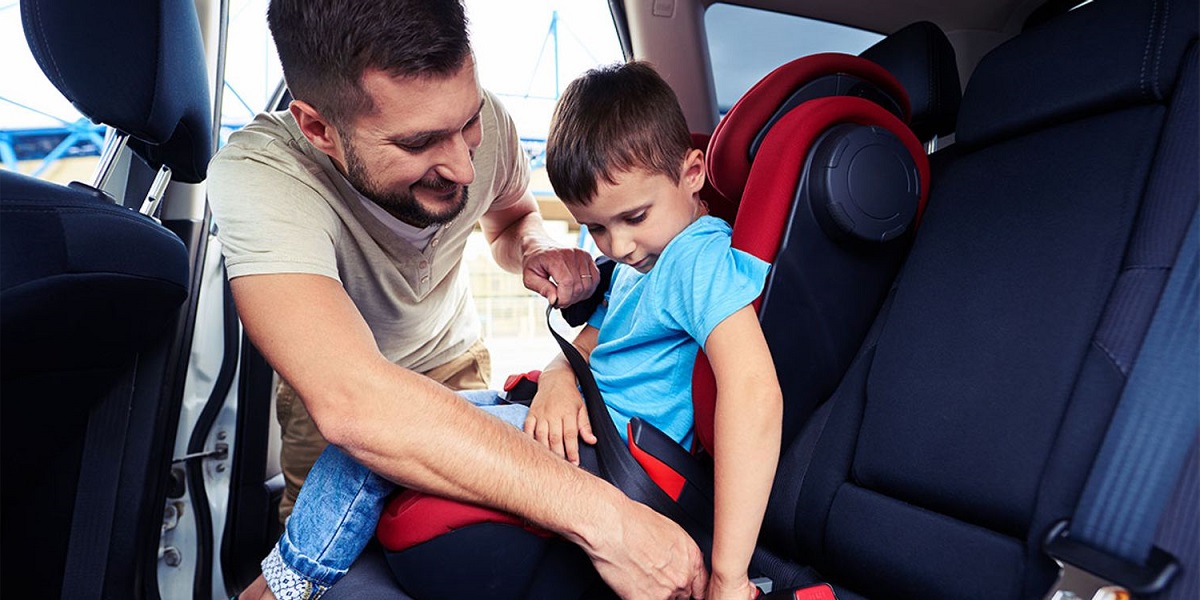

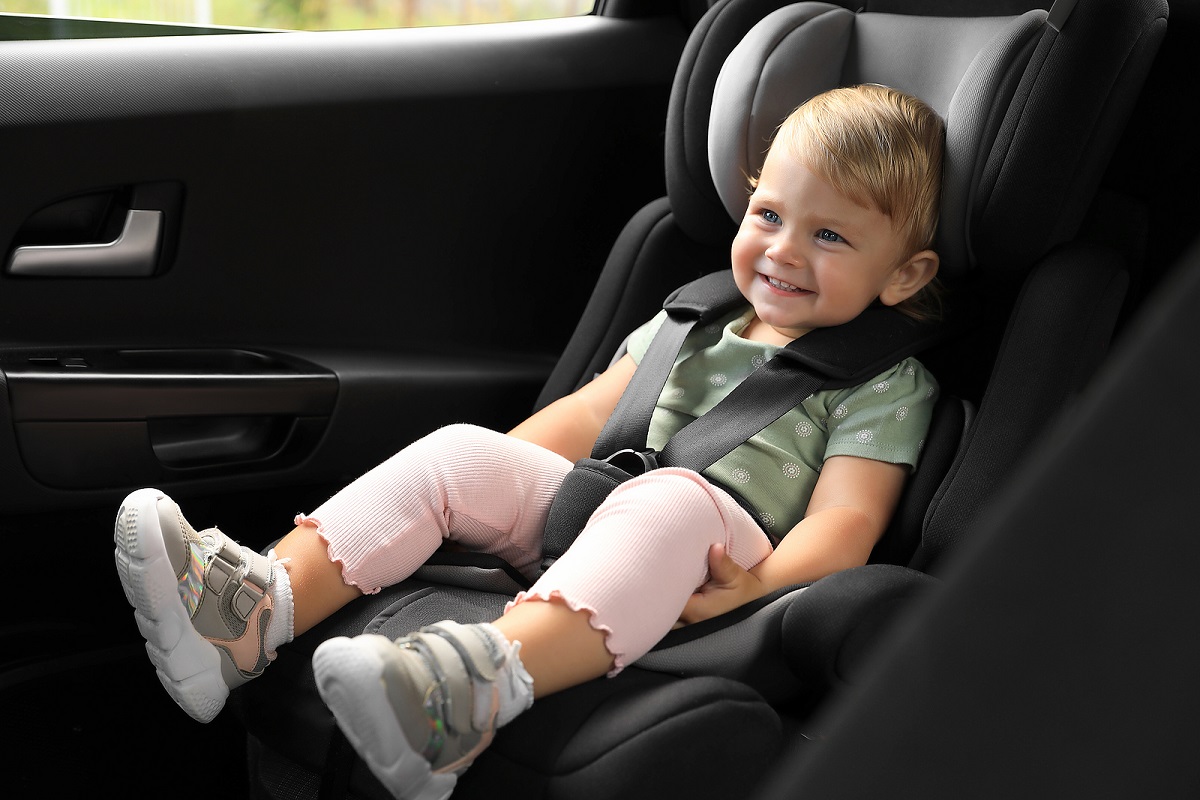
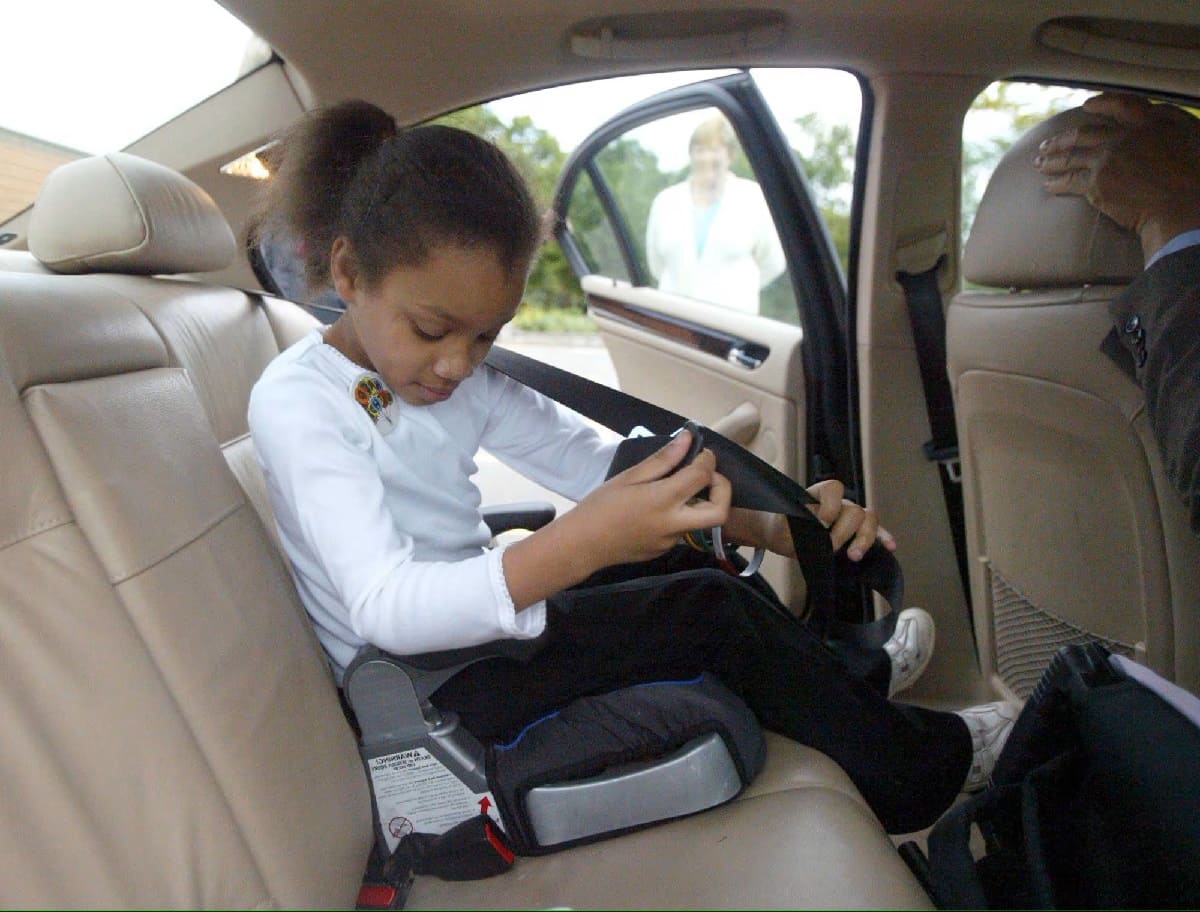


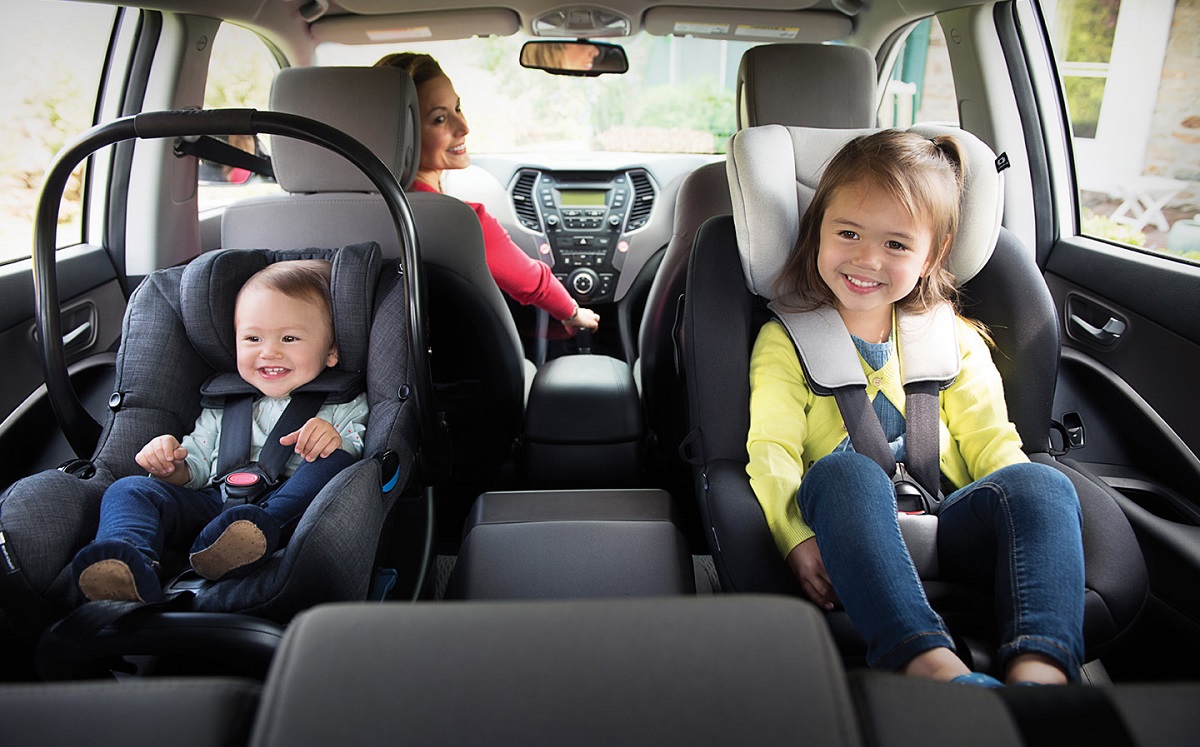
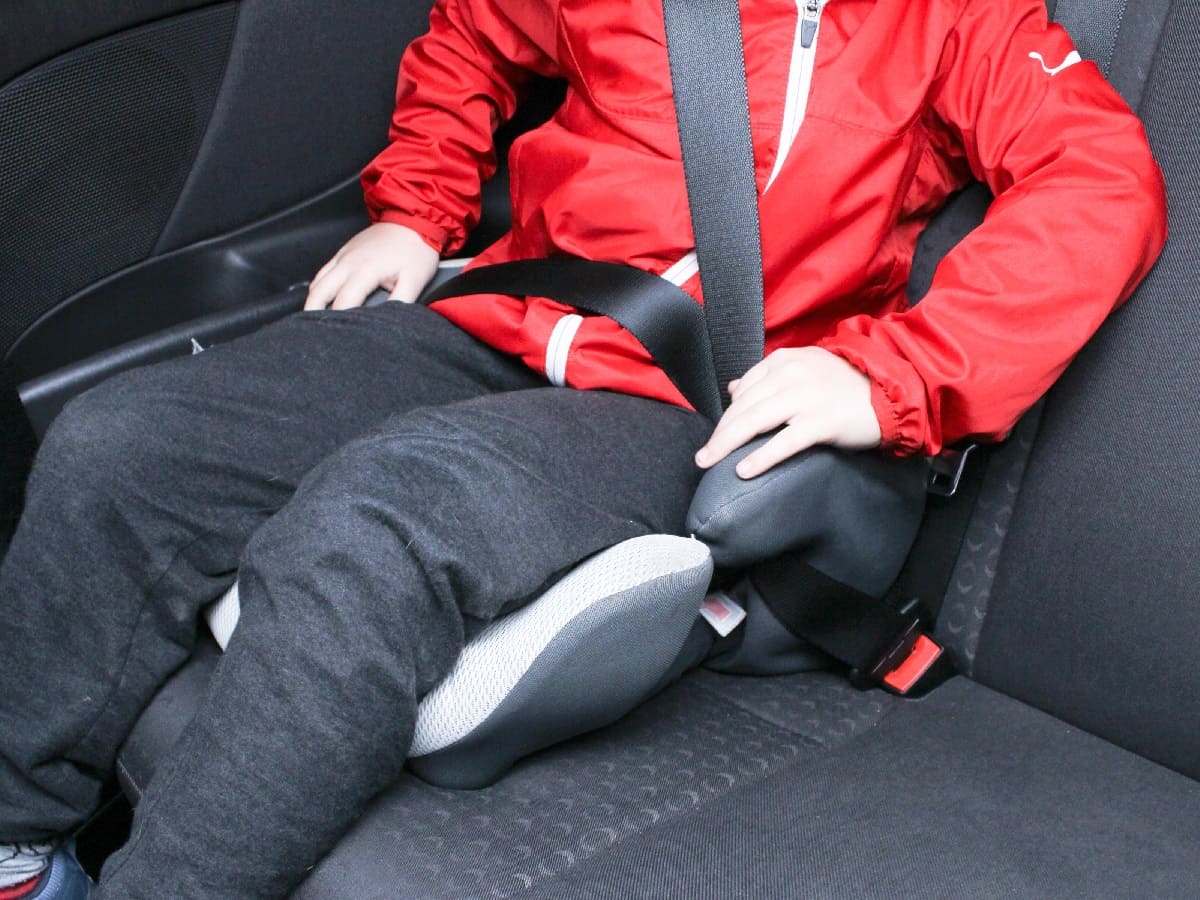
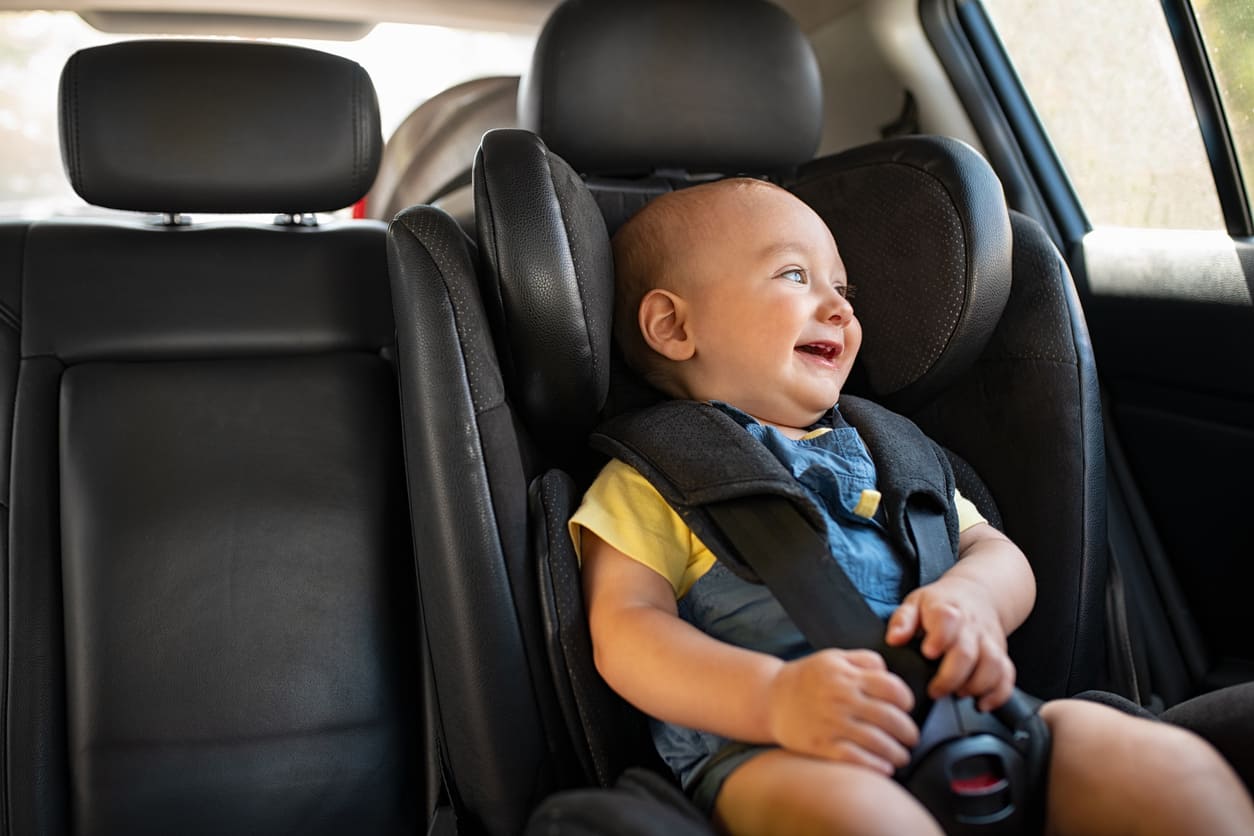

0 thoughts on “What Is The Age For A Booster Seat In New York”